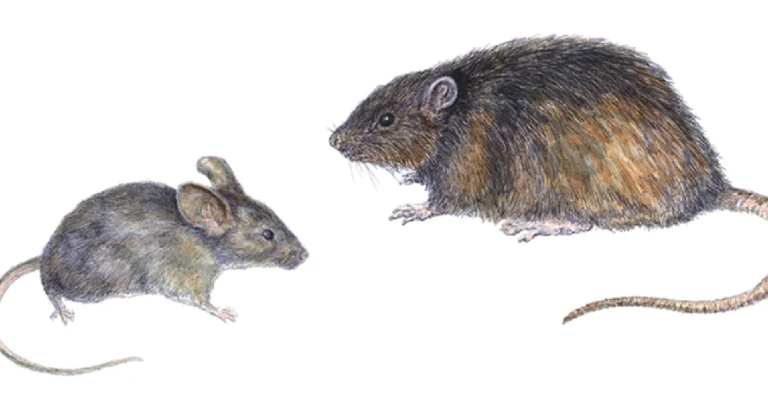Rodents are among the most common pest problems in NYC, posing significant health risks and potential damage to homes. Both rats and mice have continuously growing incisors and can spread diseases, but they differ in many ways. Understanding these differences can help in identifying and managing infestations effectively. At Hill & Sons Pest Management, our goal is to ensure our customers are informed about the pest threats they may face. Read on to learn more about the distinctions between mice and rats and how to control them.

Facts About Rats
Rats are typically larger and sometimes more aggressive than mice. Here’s what you need to know about rats:
- Rats have thicker bodies and shorter tails relative to their body length. They weigh between 150 to 300 grams.
- They possess small, hairy ears and larger feet compared to mice.
- Rat droppings are banana-shaped and significantly larger, measuring 10–20 mm long.
- Rats produce 3–6 litters a year, with up to 10 pups per litter.
- They are omnivorous and will eat a variety of grains and meats.
- Rats are adventurous foragers, often active overnight, and nest in garages, trees, and basements.
How Do Mice Differ from Rats?
While mice are smaller than rats, there are several other key differences:
- The house mouse is usually just 2–4 inches long. Mice have larger ears and longer tails in proportion to their body length.
- Mice are typically gray or brown with lighter shades or white bellies.
- Mouse droppings have pointed ends and are just 1–2 mm long.
- Most mice feed on fruits, seeds, grains, and occasionally meat.
- Mice can produce 5–10 litters a year, with up to 14 mice per litter.
- Mice forage at dusk and nest in attics, garages, basements, and more.
Dangers of Rodents
Both rats and mice pose serious threats to the safety and health of you and your family:
